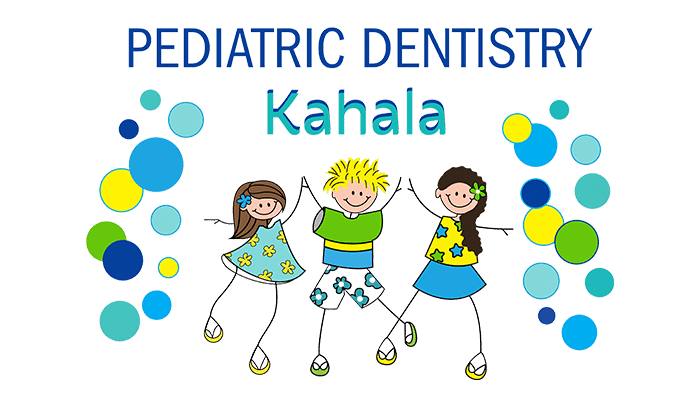
Chipping a tooth is a common dental injury in childhood. Children engage in sports and active play, which can sometimes be rough. They also like to eat hard candy and snacks that could damage their teeth.
This guide to chipped teeth in children will explain what steps you should take to protect your child from further injury and safeguard their oral health.
First Reaction
When your child comes running to you with a chipped tooth, it is natural to feel alarmed, but staying calm will help your child feel more relaxed.
Rinse your child's mouth with warm water and apply a cool compress to the outside of the cheek to prevent swelling. Some chipped teeth cause discomfort, while others do not. If you can find the chipped tooth fragment, save it to bring to the dentist.
Call your child's dentist and explain the situation in as much detail as possible. If the child is in pain or if the chip is significant, call the dentist's after-hours line. Otherwise, the problem may be able to wait until the office opens.
Restoration
Your child's dentist will examine the tooth and let you know their recommended treatment plan. For a minor chip, the dentist will likely use a technique called cosmetic bonding, which uses a safe composite resin to fill in the original shape of the tooth. Your dentist may even be able to attach the broken piece using composite resin.
If the chip is more serious, causes pain, or exposes the tooth's interior, your child's dentist will discuss your options, including placing a crown to protect the remaining natural tooth.
Primary teeth that need crowns usually receive stainless steel ones. Permanent teeth receive a tooth-colored crown that will blend in perfectly with your child's smile.
Keeping Your Child's Smile Healthy and Bright
Whether your dentist bonds the tooth with resin or places a new crown, your child will go home with a sturdy restoration. However, you and your child will need to consider the bonded tooth or crown in the future.
Avoid sticky, crunchy, or hard foods on the crowned tooth or bonded area. The bonding material is rigid but cannot withstand the same forces as natural tooth enamel. Gum or sticky candy, such as taffy and caramel, may pull off crowns.
Encourage your child to break any fingernail-biting habits, avoid chewing ice, and avoid chewing objects like pens and pencils.
Frequently Asked Questions About Pediatric Dentistry
Why are children more prone to chipping teeth than adults?
As children's teeth erupt, they tend to protrude more than adult teeth. This alignment means that the teeth are more likely to suffer injury. By the time children reach their teens, their teeth have usually settled into their adult alignment.
Will my child need further treatment for a severely chipped tooth?
If the nerve is exposed, your child may need a pulpotomy or a "baby root canal." This procedure gently removes the nerve pulp from the tooth and reseals it to protect against contamination.
At Pediatric Dentistry Kahala, we can treat your child's chipped tooth with care and compassion. We specialize in helping children feel comfortable and relaxed. Please get in touch with us with any questions or to request emergency dental care for your child.
